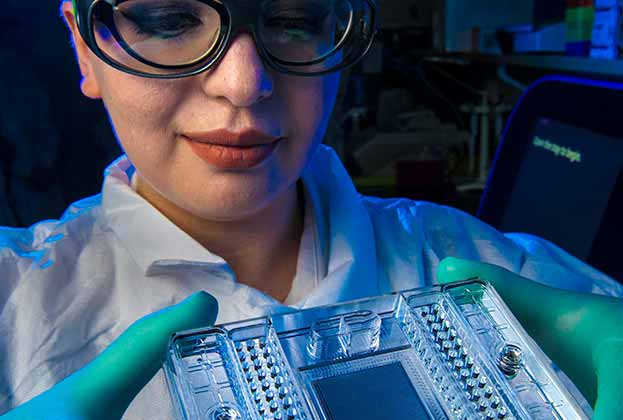The city of Cambridge has – quite rightly – forged itself a reputation as a world leader in technology and life sciences.
But supply constraints in the office and laboratory markets, alongside housing affordability and challenges around infrastructure threaten to derail its continued success.
Finding a positive solution will be crucial if the city is to retain its position as a global centre for innovation.
‘Cambridge 2040’
Our latest report, Spotlight: Good growth for Cambridge, sets out the case for sustainable development – particularly in light of the Government’s ambitious plans to build 150,000 new homes in and around the city by 2040.
If this vision comes to fruition it means that Cambridge would grow faster than anywhere else in the country. Certainly, the pressure for lab space and residential property shows little sign of decline.
According to Savills research there was record demand for laboratory space in 2023, with 341,000 sq ft transacted – 61% above the previous highest total recorded in 2019. Conversely, the average house price to income ratio has increased from 8.7 in 2011 to 12.4 in 2022.
Measures announced in the March Budget – including a long-term funding settlement for the proposed Cambridge development corporation and £10.2 million to support the development of the Cambridge Biomedical Campus (£7.2m of which is earmarked to unlock improvements to local transport connections) – are a strong step in the right direction.
Appropriate sites
But to achieve sustainable growth and meet the demand for both residential and commercial property, land needs to be found.
In practice, supply will likely come from both newly identified sites, particularly those supported by new infrastructure, and densification of sites already allocated for development.
The rate of development would also have to ramp up to around 5,000-6,500 new homes per year, a threefold increase on current delivery.
Beyond areas already identified for development – the likes of North East Cambridge, Cambridge East and the existing Cambridge Biomedical Campus – the greatest opportunities for high volume delivery will be locations supported by public transport infrastructure.
East West Rail will open up increased potential for sustainable residential development at the new stations at Cambourne and Tempsford, while Cambridge South could be an important hub for both residential and commercial development. Beyond this, land located close to the city or existing employment clusters would place the least strain on transport infrastructure, although many of these will require Green Belt review.
Larger sites, meanwhile, are likely to be most suited to denser developments, while densification could also help meet demand for commercial space. Cambridge Science Park, for example, has proposed to double the amount of floorspace on site, supporting a further 21,000 jobs, while also increasing green space and reducing surface parking.
Joined up thinking
The growth of Cambridge will only happen with clear timelines for investment and delivery of new infrastructure, aligned with the Local Plan process and bringing together both the public and private sector.
As well as electricity and water challenges, this also has to include the provision of education, health and social care amenities, alongside a range of housing tenures and types to ensure the city meets its range of housing needs.
Further information
Contact Abigail Jones or Mark Taylor
.jpg)
.jpg)
.jpg)


.jpg)

.jpg)
.jpg)

.jpg)